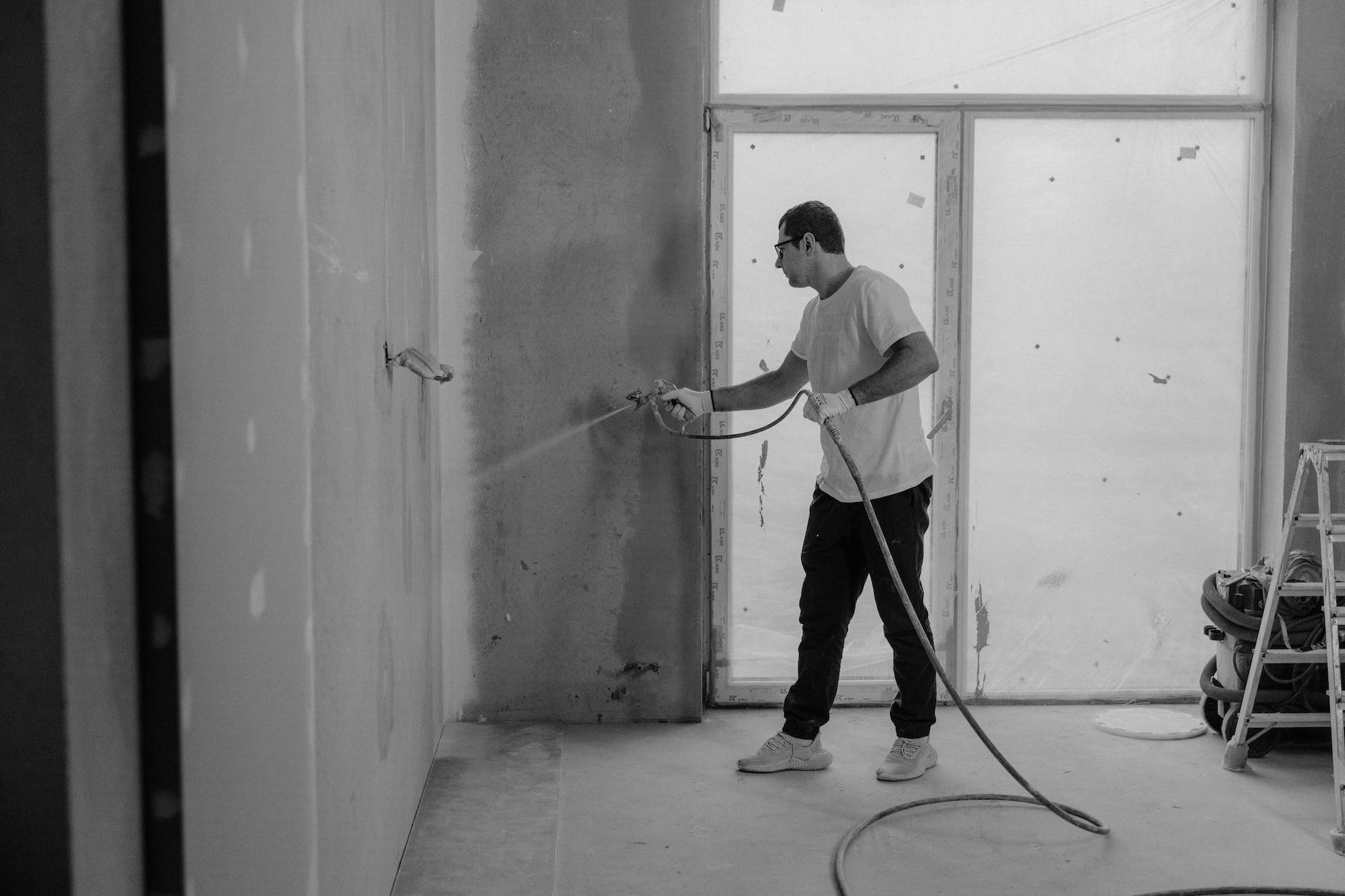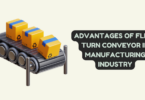
Dustless Blasting vs. Traditional Sandblasting
As the demand for efficient, eco-friendly, and safe surface preparation and restoration methods continues to grow, dustless blasting has emerged as a game-changing technology. However, traditional sandblasting remains a popular choice in various industries. In this article, we will comprehensively compare dustless blasting and traditional sandblasting, discussing their fundamental differences, advantages, and disadvantages to help you make an informed decision when choosing a suitable method for your project.
What is Dustless Blasting?
Dustless blasting is a revolutionary surface preparation technique that combines water, an abrasive material, and a rust inhibitor. The process uses high-pressure compressed air to propel the mixture to the surface, effectively removing paint, rust, and other contaminants. Dustless blasting is known for suppressing dust, making it an environmentally-friendly and safe alternative to traditional sandblasting.
What is Traditional Sandblasting?
Traditional sandblasting is a process that involves propelling abrasive materials, like sand, at high speeds onto a surface using compressed air. This method effectively removes paint, rust, and other surface contaminants. However, it produces significant dust and may pose health and environmental risks. For the best in dustless blasting and sandblasting services go to Sandblasting Norwalk CT.
Dustless Blasting vs. Traditional Sandblasting: A Comprehensive Comparison
Dust Suppression
One of the primary advantages of dustless blasting over traditional sandblasting is its ability to suppress dust. Adding water in the dustless blasting process significantly reduces the amount of airborne dust and particulate matter released during surface preparation. This creates a cleaner work environment and protects operators and bystanders from potential health hazards associated with inhaling airborne particles.
On the other hand, traditional sandblasting generates a considerable amount of dust. This can lead to poor visibility and potential health risks for workers who may inhale harmful particles. Proper ventilation and protective equipment are essential when using traditional sandblasting methods.
Environmental Impact
Dustless blasting is considered more environmentally friendly compared to traditional sandblasting. The water used in the process helps to minimize airborne contaminants and reduce the overall environmental impact. In addition, dustless blasting often uses recycled crushed glass as an abrasive, an eco-friendly alternative to sand or other materials.
Traditional sandblasting can have a more significant environmental impact, producing dust that can contaminate the surrounding area. Moreover, sand is a natural resource becoming increasingly scarce, making its use as an abrasive material less sustainable.
Surface Finish Quality
Dustless blasting offers a more consistent and uniform surface finish than traditional sandblasting. The water in the dustless blasting process helps to cushion the impact of the abrasive material on the surface, reducing the risk of warping or damage. This results in a smoother, cleaner finish ideal for various applications, including automotive restoration and graffiti removal.
Traditional sandblasting can produce an uneven surface finish with the potential to cause damage to the substrate. This method is better suited for applications where a rougher surface is desired, or surface damage is not a significant concern.
Efficiency and Speed
Dustless blasting is often faster and more efficient than traditional sandblasting. The addition of water in the process increases the mass and impact of the abrasive material, allowing for quicker removal of surface contaminants. Furthermore, the reduced dust production in dustless blasting improves visibility, enabling operators to work more accurately and efficiently.
Traditional sandblasting can be slower and less efficient due to the higher dust generated, impairing visibility and making it difficult for operators to see their progress.
Conclusion
In conclusion, dustless blasting offers several advantages over traditional sandblasting, including better dust suppression, reduced environmental impact, improved surface finish quality, and increased efficiency and speed. However, it’s essential to consider your specific project requirements, budget, and desired results when choosing between dustless blasting and traditional sandblasting.
While dustless blasting may be the preferred choice for eco-friendly, safe, and efficient surface preparation, traditional sandblasting may still be suitable for specific applications with a rougher surface finish or when environmental, environmental, and health concerns are desired are less critical. Understanding the key differences between these two techniques will help you make an informed decision and select the most suitable method for your project.






